Home>Articles>What Is The Best Type Of Insulation For A Home
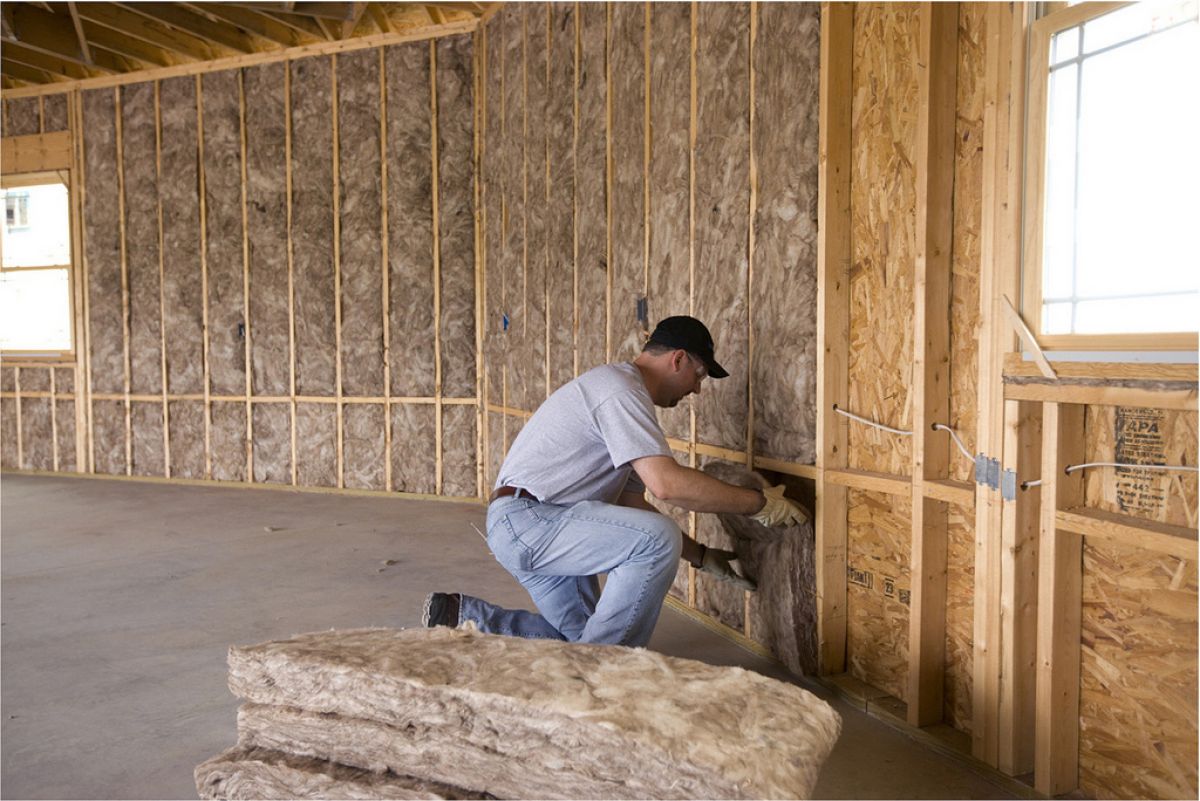

Articles
What Is The Best Type Of Insulation For A Home
Modified: January 8, 2024
Looking for the best type of insulation for your home? Explore our informative articles to find expert advice and tips on choosing the right insulation.
(Many of the links in this article redirect to a specific reviewed product. Your purchase of these products through affiliate links helps to generate commission for Storables.com, at no extra cost. Learn more)
Introduction
When it comes to insulating a home, choosing the right type of insulation is crucial. Insulation plays a vital role in maintaining the temperature and energy efficiency of a house, as well as reducing noise and enhancing comfort. With so many insulation options available in the market, it can be overwhelming to determine the best type of insulation for your home.
In this article, we will compare and evaluate different insulation types to help you make an informed decision. We will discuss the pros and cons of popular insulation materials such as fiberglass, cellulose, spray foam, radiant barrier, and rigid foam.
Before diving into the specifics of each insulation type, it is important to consider various factors that can influence your choice. These factors include the insulation’s R-value, moisture resistance, fire resistance, environmental impact, installation method, and cost. By analyzing these factors, you can determine which insulation type best suits your home’s needs and your budget.
Fiberglass insulation is one of the most commonly used types of insulation in residential properties. It consists of thin strands of glass fibers that are tightly packed together. Fiberglass insulation offers excellent thermal performance and is relatively affordable.
Cellulose insulation, on the other hand, is made from recycled paper products and treated with fire retardant chemicals. It provides excellent thermal performance and is especially effective at reducing noise transmission.
Spray foam insulation is a versatile option that expands upon application and provides a seamless, airtight barrier. It offers superior insulation and can fill gaps and cracks, making it an ideal choice for energy-efficient homes.
Radiant barrier insulation is designed to reflect and reduce radiant heat transfer. It typically consists of a thin sheet of aluminum foil that is installed in the attic to prevent heat from entering the living spaces.
Rigid foam insulation is a durable and moisture-resistant insulation material that comes in the form of rigid panels or boards. It offers high R-value per inch and can be used in various applications, including walls, roofs, and foundations.
Now, let’s explore the pros and cons of each insulation type in more detail to help you determine the best option for your home.
Key Takeaways:
- When choosing insulation for your home, consider factors such as R-value, moisture resistance, fire resistance, environmental impact, installation method, and cost to ensure optimal energy efficiency and comfort.
- Each insulation type has its own pros and cons, so it’s essential to evaluate your specific needs, consult professionals, and consider long-term benefits when selecting the best insulation for your home.
Read more: What Type Of Insulation For Walls
Comparison of Different Insulation Types
Fiberglass Insulation
Fiberglass insulation is one of the most widely used types of insulation due to its affordability and efficiency. It is made from tiny glass fibers that are woven together to form a mat or blown into place as loose fill insulation. Fiberglass insulation has a high R-value, meaning it provides excellent thermal resistance, which helps to keep your home warm in winter and cool in summer.
Cellulose Insulation
Cellulose insulation is made from recycled paper products that have been treated with fire retardant chemicals. It is a popular choice for its thermal performance, soundproofing capabilities, and environmental friendliness. Cellulose insulation can be blown into walls, attics, and other hard-to-reach areas, effectively filling any gaps and creating a seamless barrier against heat transfer.
Spray Foam Insulation
Spray foam insulation is a versatile option that expands upon application, filling gaps, cracks, and voids in walls, ceilings, and floors. It provides an airtight seal, preventing air leakage and heat loss. Spray foam insulation offers excellent R-value and is known for its energy efficiency. However, it is more expensive than other insulation types, and professional installation is recommended for optimal results.
Radiant Barrier Insulation
Radiant barrier insulation is designed to reduce radiant heat transfer. It typically consists of a thin sheet of aluminum foil that is installed in the attic, reflecting radiant heat back outwards, keeping the living spaces cooler during hot summer months. Radiant barrier insulation is most effective in areas with hot climates and can complement other insulation types to enhance energy efficiency.
Rigid Foam Insulation
Rigid foam insulation is a durable and moisture-resistant option that comes in the form of foam panels or boards. It has a high R-value per inch, providing excellent thermal insulation. Rigid foam insulation can be used in various applications, including walls, roofs, and foundations. It offers good resistance against air infiltration and can help improve energy efficiency in your home.
Each type of insulation has its own strengths and weaknesses. Consider factors such as your budget, specific insulation needs, and the climate in your area when making your decision. Now that we have compared the different types of insulation, let’s discuss the important factors to consider when choosing insulation for your home.
Factors to Consider When Choosing Insulation
When choosing insulation for your home, it’s important to consider several factors to ensure you select the most suitable option. These factors include R-value, moisture resistance, fire resistance, environmental impact, installation method, and cost. Let’s explore each of these factors in more detail:
R-Value
R-value measures the insulation’s thermal resistance, indicating how well it can prevent heat flow. The higher the R-value, the greater the insulation’s ability to resist heat transfer. Consider the climate in your area and consult local building codes to determine the recommended R-value for your region. This will help ensure optimal energy efficiency and comfort in your home.
Read more: What Type Of Insulation For Floors
Moisture Resistance
Moisture resistance is an essential factor to consider, as moisture can compromise the effectiveness of insulation and lead to mold and mildew growth. Look for insulation materials that have inherent moisture resistance properties, such as closed-cell spray foam or rigid foam insulation. Proper installation is also crucial to prevent moisture infiltration.
Fire Resistance
Fire resistance is particularly important for insulation materials, especially those installed near heat sources or in areas prone to wildfires. Opt for insulation that has been treated with fire retardant chemicals or has intrinsic fire-resistant properties. This will help delay the spread of flames and provide valuable time in case of a fire emergency.
Environmental Impact
Consider the environmental impact of the insulation material you choose. Look for options made from recycled or renewable materials. Some insulation materials, such as cellulose, sheep’s wool, and recycled denim, offer excellent eco-friendly attributes. Additionally, consider the embodied energy and carbon footprint of the insulation material throughout its life cycle.
Installation Method
Consider the complexity and suitability of the insulation installation method for your home. Certain insulation types, like fiberglass batts, are easier for DIY installation, while others, like spray foam, often require professional installation for optimal results. Assess your skill level, available tools, and the accessibility of the area you want to insulate before making a decision.
Cost
Cost is an important factor to consider when selecting insulation. Different insulation types vary in price, with spray foam and rigid foam often being more expensive compared to fiberglass or cellulose insulation. Consider your budget and the long-term cost savings offered by energy-efficient insulation options. Keep in mind that while upfront costs may be higher, the energy savings over time can compensate for the initial investment.
By considering these factors, you can make an informed decision when choosing insulation for your home. Now that we have reviewed the factors to consider, let’s examine the pros and cons of each insulation type to further assist you in your decision-making process.
Pros and Cons of Each Insulation Type
Fiberglass Insulation
Pros:
- Affordable: Fiberglass insulation is relatively inexpensive, making it a budget-friendly option for many homeowners.
- Good Thermal Performance: It has a high R-value, offering effective insulation and energy efficiency.
- Wide Availability: Fiberglass insulation is readily available in the market and can be found in a variety of forms, including batts, rolls, and loose-fill.
- Fire Resistant: Fiberglass insulation is non-combustible, making it a safer choice for fire protection.
Cons:
- Prone to Air Infiltration: Fiberglass insulation may not provide an airtight seal, allowing for potential air leakage and reduced energy efficiency.
- Skin Irritation: The handling of fiberglass insulation can cause skin irritation due to the small glass fibers. Proper protective gear should be worn during installation.
- Not Suitable for Damp Areas: Fiberglass insulation is not resistant to moisture and can lose its effectiveness if it gets wet.
Cellulose Insulation
Pros:
- Environmentally Friendly: Cellulose insulation is made from recycled paper products, making it a sustainable and eco-friendly option.
- Good Thermal and Sound Insulation: It provides excellent thermal performance and is effective at reducing noise transmission.
- Fire Retardant: Cellulose is typically treated with fire retardant chemicals, enhancing its fire resistance.
- Can Be Installed in Existing Walls: Cellulose insulation can be blown into existing walls through small holes, making it a viable choice for retrofitting.
Cons:
- Potential Settling: Over time, cellulose insulation may settle, reducing its effectiveness. Regular checks and maintenance may be needed to ensure optimal performance.
- Vulnerable to Moisture: Cellulose insulation can absorb moisture, leading to potential mold or rot issues if not properly installed and protected from water intrusion.
- Difficult to Retrofit in Certain Spaces: Installing cellulose insulation in areas with obstructions or limited access can be challenging.
Read more: Which Type Of Insulation Is Best For Attic
Spray Foam Insulation
Pros:
- Superior Insulation: Spray foam forms a seamless and airtight barrier, providing excellent thermal insulation and reducing energy loss.
- Flexibility of Application: Spray foam can be applied to various surfaces, including walls, roofs, and crawl spaces, regardless of shape or size.
- Moisture Barrier: Closed-cell spray foam acts as a moisture barrier, preventing water infiltration and reducing the risk of mold growth.
- Increased Structural Strength: Spray foam can add structural strength to walls and roofs, enhancing the overall integrity of the building.
Cons:
- Higher Cost: Spray foam insulation generally has a higher initial cost compared to other insulation types.
- Professional Installation Required: Proper installation of spray foam insulation requires specialized equipment and professional expertise.
- Potential Health Risks: During installation, the volatile organic compounds (VOCs) emitted by spray foam can pose health risks. It is recommended to vacate the premises during installation and wait until the space is properly ventilated before reoccupying.
- Difficult to Modify or Remove: Once installed, spray foam insulation is challenging to modify or remove if changes or repairs are needed in the future.
Radiant Barrier Insulation
Pros:
- Reflects Radiant Heat: Radiant barrier insulation effectively reflects thermal radiation, keeping the living space cooler during hot summer months.
- Compatible with Other Insulation: Radiant barrier insulation can be installed alongside other insulation types to enhance overall energy efficiency.
- Low Maintenance: Once installed, radiant barrier insulation requires minimal maintenance and can last for the lifetime of the building.
- Easy Installation: Installing radiant barrier insulation is relatively simple, usually involving stapling the foil material to the underside of the roof.
Cons:
- Limited Function: Radiant barrier insulation primarily works by reflecting radiant heat and may not provide significant insulation on its own.
- Dependent on Proper Installation: For optimal effectiveness, radiant barrier insulation must be properly installed with no gaps or punctures.
- Less Effective in Cold Climates: Radiant barriers are best suited for hot climates and may have limited impact in colder regions.
- Doesn’t Address Convection or Conduction: While effective against radiant heat, radiant barriers do not provide significant resistance to heat transfer through convection or conduction.
Rigid Foam Insulation
Pros:
- High R-Value: Rigid foam insulation has a high R-value per inch, providing excellent thermal insulation and energy efficiency.
- Durable and Long-Lasting: Rigid foam insulation is resistant to moisture, rot, and pests, making it a durable and long-lasting option.
- Good Soundproofing: Rigid foam insulation can help reduce noise transmission, enhancing acoustic comfort within the home.
- Potential for Air Barrier: When properly installed, rigid foam insulation can act as an effective air barrier, minimizing air leakage and improving energy efficiency.
Cons:
- Higher Cost: Rigid foam insulation tends to be more expensive compared to other insulation materials.
- Specialized Installation: Proper installation of rigid foam insulation requires cutting and fitting the panels precisely, often necessitating professional expertise.
- Difficult to Retrofit: Retrofitting rigid foam insulation in existing structures can be challenging, especially in narrow or congested spaces.
- Environmental Concerns: Some rigid foam insulation types contain chemicals that may have environmental impacts, so it’s important to consider the specific product’s composition.
Consider these pros and cons alongside your specific insulation needs to make an educated decision on the best type of insulation for your home. Now that we have discussed the various insulation types and their advantages and disadvantages, let’s conclude and summarize our findings.
Conclusion
Choosing the best type of insulation for your home is an important decision that can have a significant impact on energy efficiency, comfort, and overall sustainability. After comparing different insulation types and examining their pros and cons, it’s clear that each option has its own strengths and weaknesses.
Fiberglass insulation offers affordability and good thermal performance, but it may not provide an airtight seal and can be prone to skin irritation. Cellulose insulation is environmentally friendly and offers excellent soundproofing, but it may settle over time and can be vulnerable to moisture. Spray foam insulation provides superior insulation and an airtight seal, but it comes with a higher cost and may require professional installation. Radiant barrier insulation reflects radiant heat and is easy to install, but it is most effective in hot climates and doesn’t address convection or conduction. Rigid foam insulation has a high R-value and is durable, but it is more expensive and may require specialized installation.
When choosing insulation, it is crucial to consider factors such as R-value, moisture resistance, fire resistance, environmental impact, installation method, and cost. These factors will help guide your decision-making process and ensure that you select the insulation that best meets your specific needs and preferences.
Remember, no single insulation type is universally superior for all situations. The choice of insulation should be based on your home’s unique requirements, the local climate, and your budget. It is also recommended to consult with insulation professionals or contractors who can provide expert advice based on your specific circumstances.
Ultimately, investing in high-quality insulation will not only improve energy efficiency and reduce utility bills but also enhance the comfort, durability, and overall value of your home. By making an informed decision and considering all the factors mentioned, you can create a well-insulated space that optimizes energy usage and provides a cozy and sustainable living environment.
Now that you have a comprehensive understanding of different insulation types and their pros and cons, you can make an educated decision on the best type of insulation for your home. Remember to evaluate your needs, consult professionals, and consider long-term benefits when selecting insulation.
Read more: What Type Of Insulation Keeps Mice Away
References
1. U.S. Department of Energy. (n.d.). Insulation. Retrieved from https://www.energy.gov/energysaver/weatherize/insulation
2. International Association of Certified Home Inspectors. (n.d.). Fiberglass Insulation in Buildings: Properties, Uses, Standards. Retrieved from https://www.nachi.org/fiberglass-insulation.htm
3. Cellulose Insulation Manufacturers Association. (n.d.). About Cellulose Insulation. Retrieved from https://www.cellulose.org/about-cellulose-insulation/
4. Energy.gov. (n.d.). Spray Foam Insulation. Retrieved from https://www.energy.gov/energysaver/weatherize/insulation/spray-foam-insulation
5. Radiant Barrier Association. (n.d.). Frequently Asked Questions. Retrieved from https://www.radiantbarrierassociation.org/faq/
6. DuPont. (n.d.). Rigid Foam Insulation. Retrieved from https://www.dupont.com/products/rigid-foam-insulation.html
Please note that the above references are provided for informational purposes only. It is recommended to conduct further research and consult professionals for specific advice related to insulation choices and requirements for your home.
Frequently Asked Questions about What Is The Best Type Of Insulation For A Home
Was this page helpful?
At Storables.com, we guarantee accurate and reliable information. Our content, validated by Expert Board Contributors, is crafted following stringent Editorial Policies. We're committed to providing you with well-researched, expert-backed insights for all your informational needs.
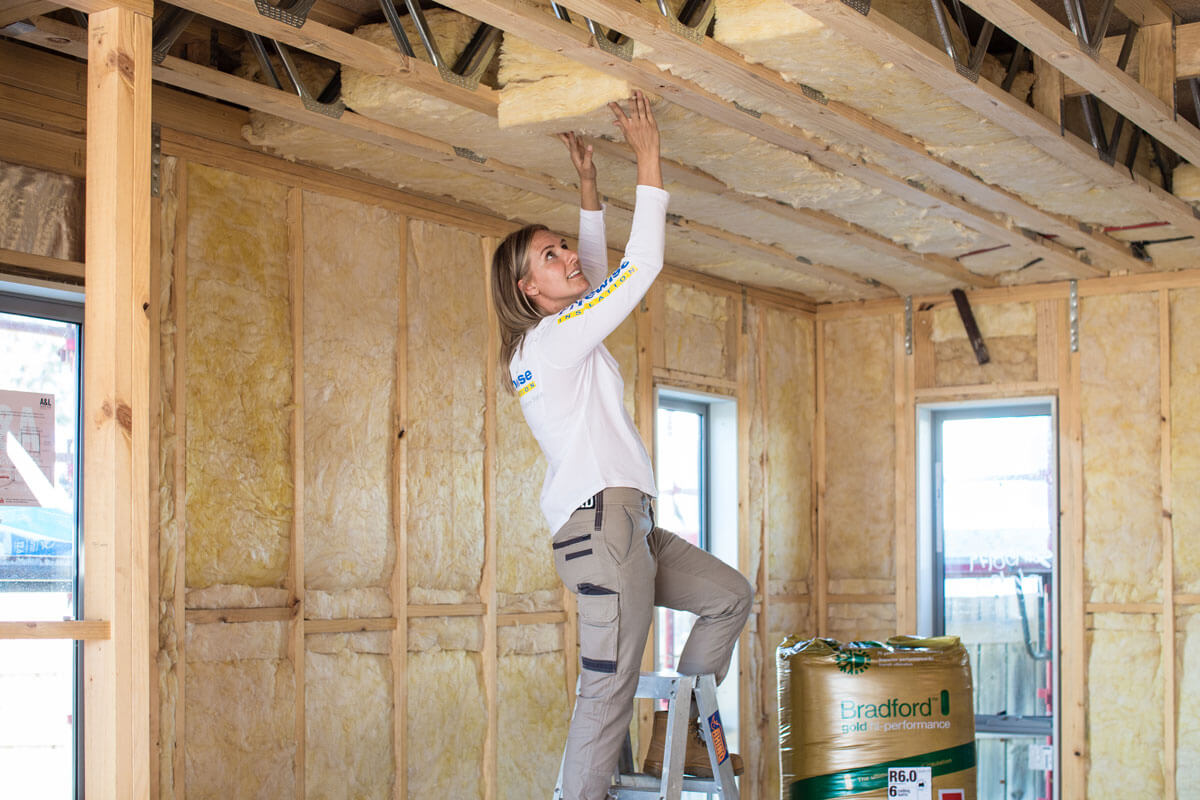
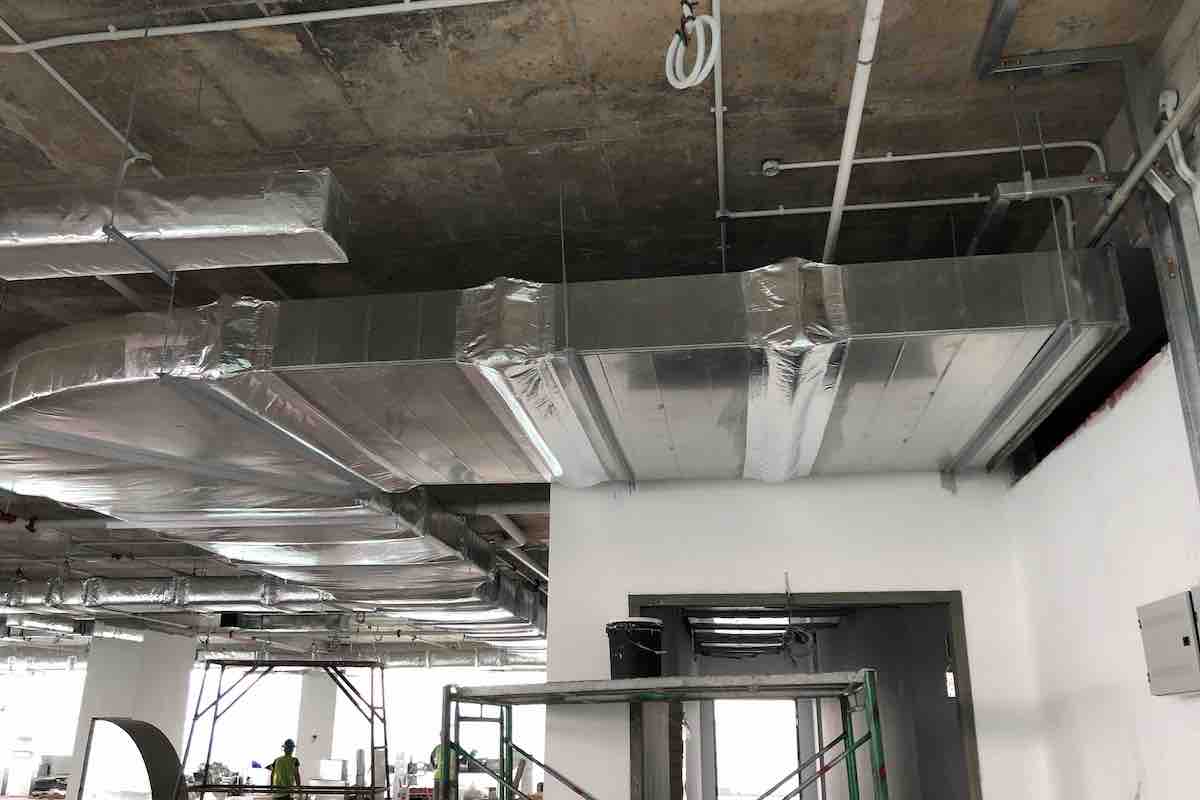
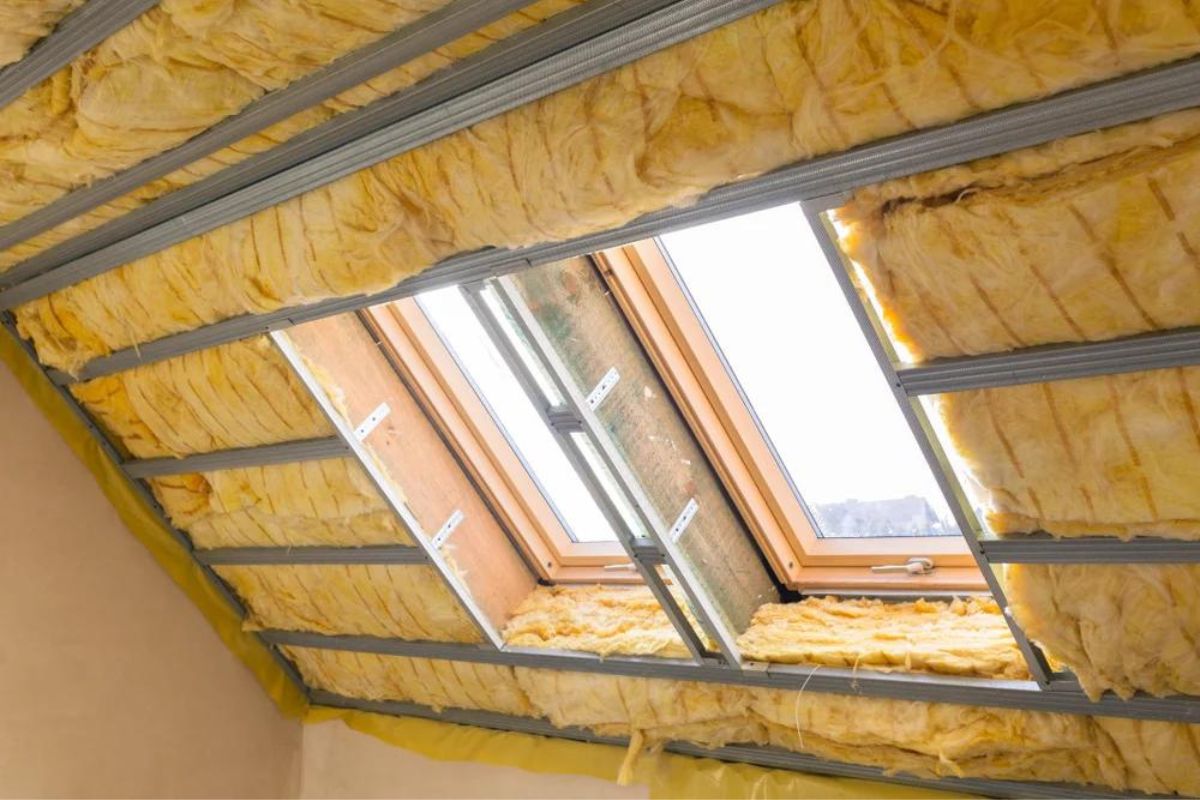
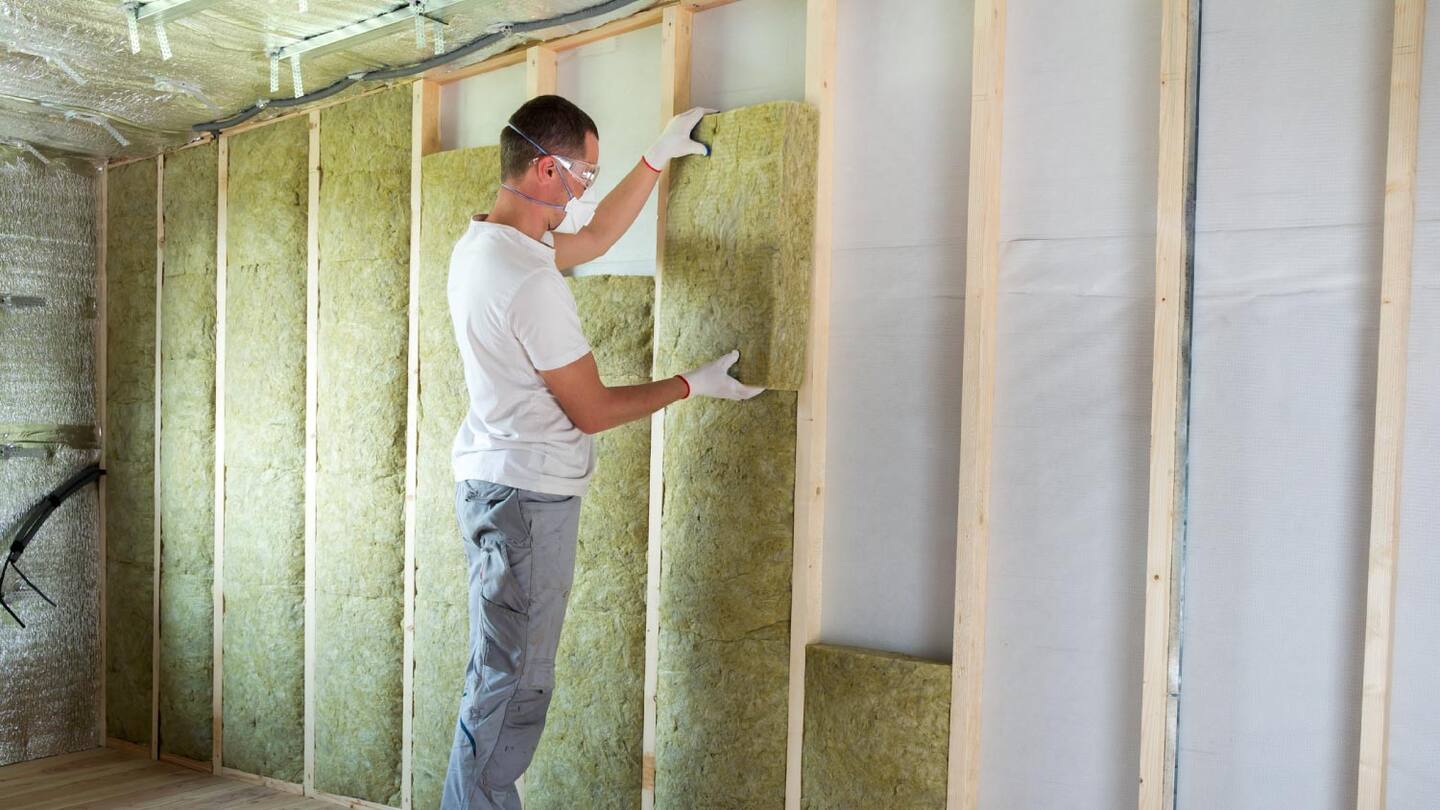

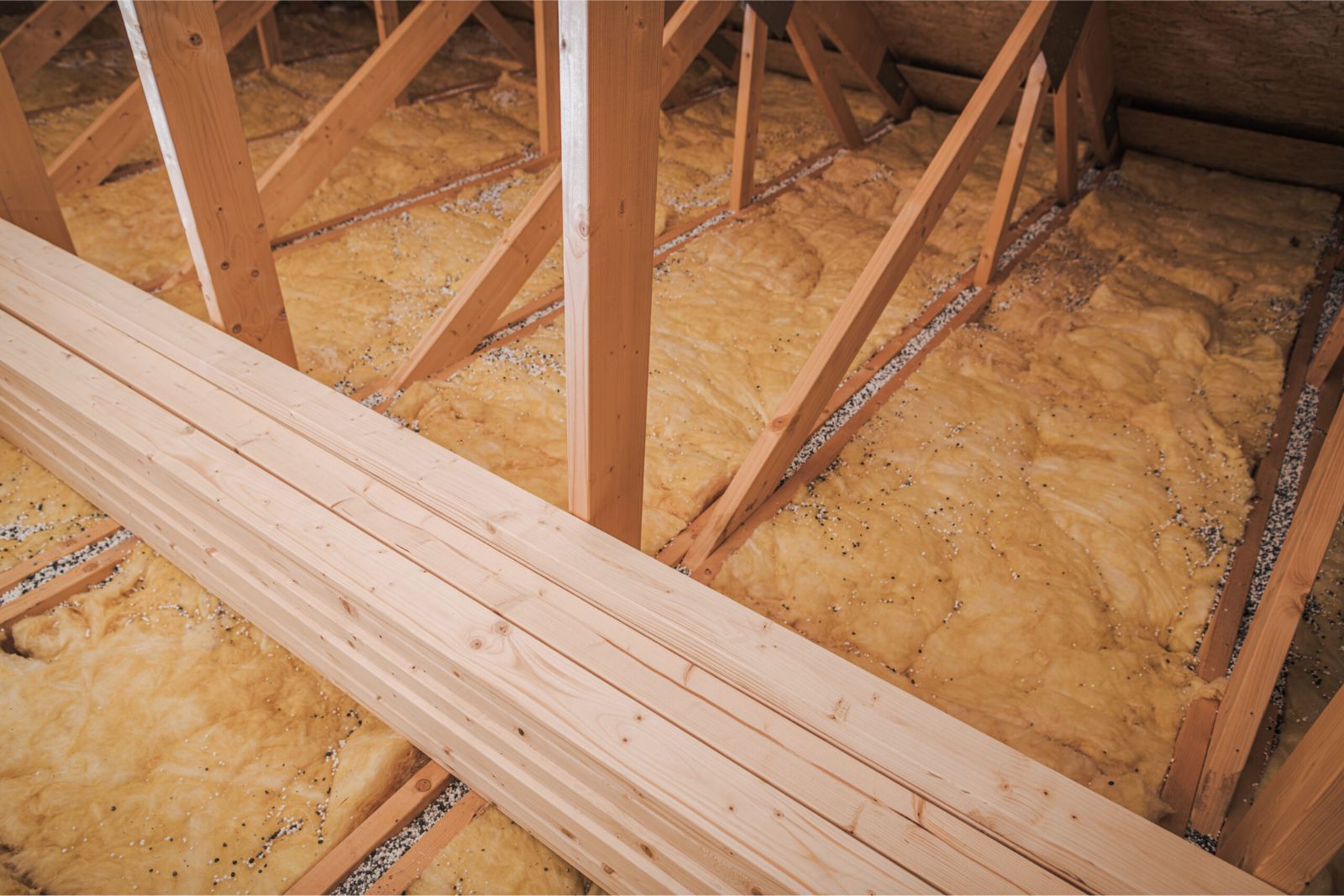
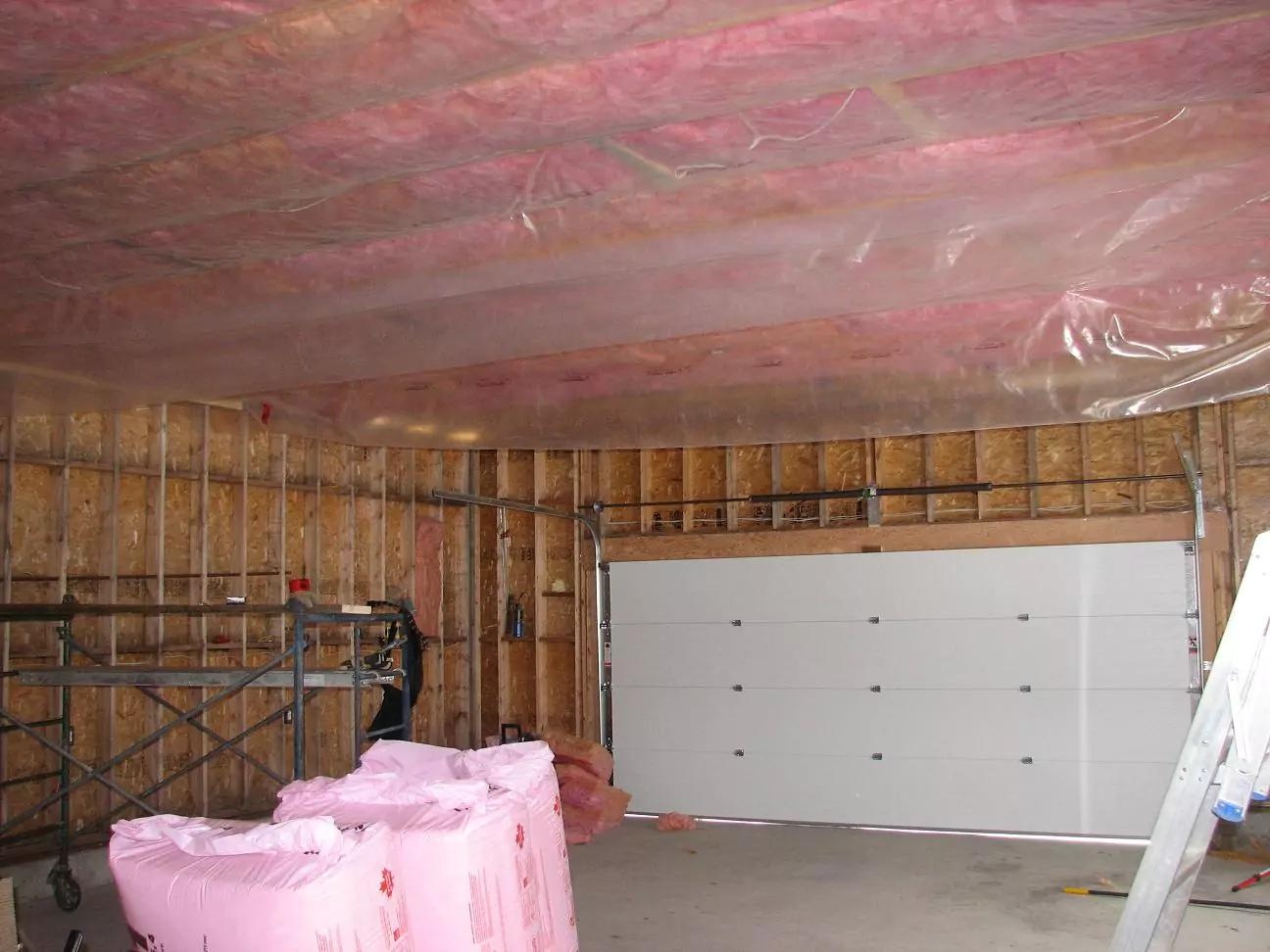
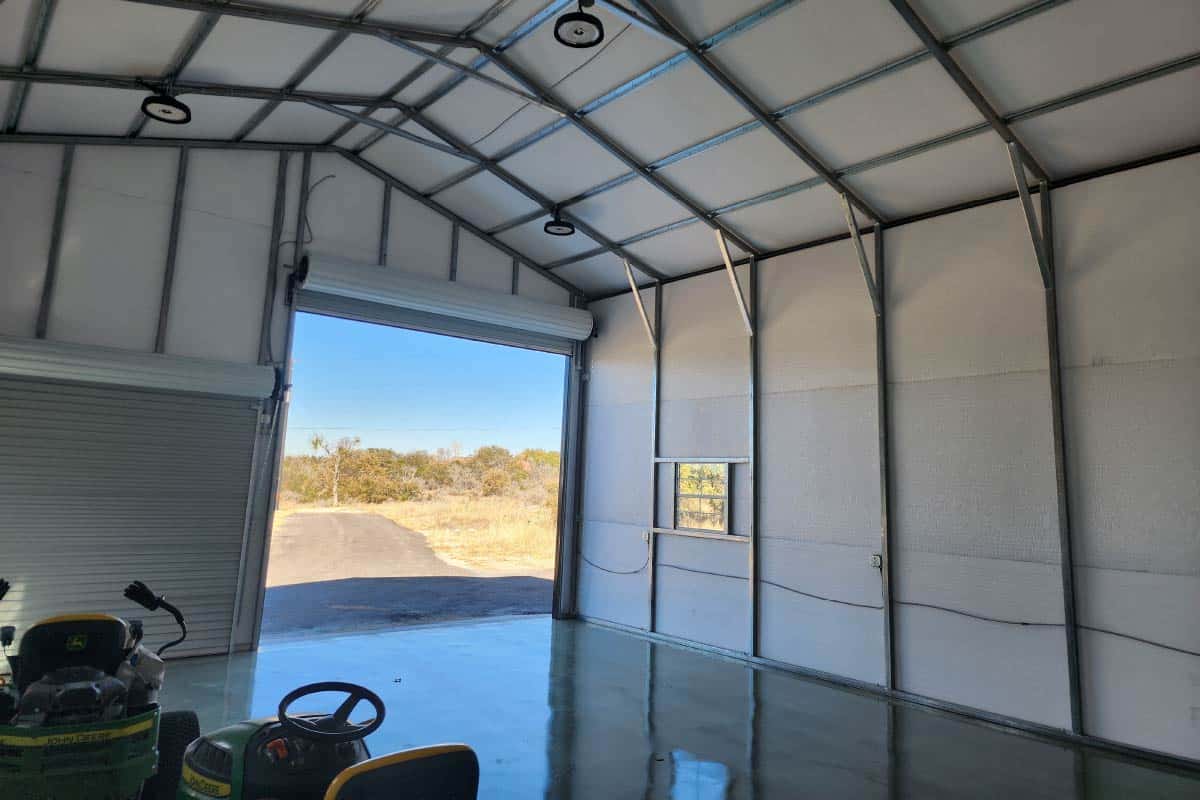
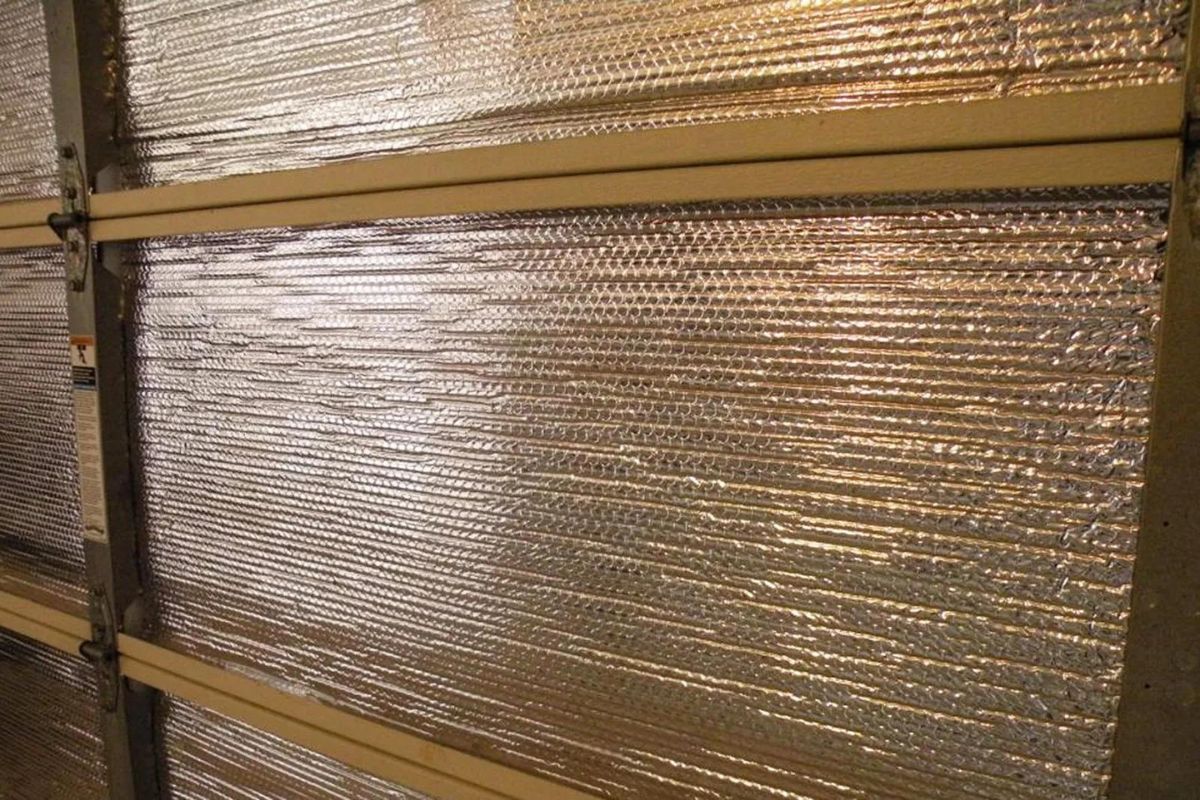
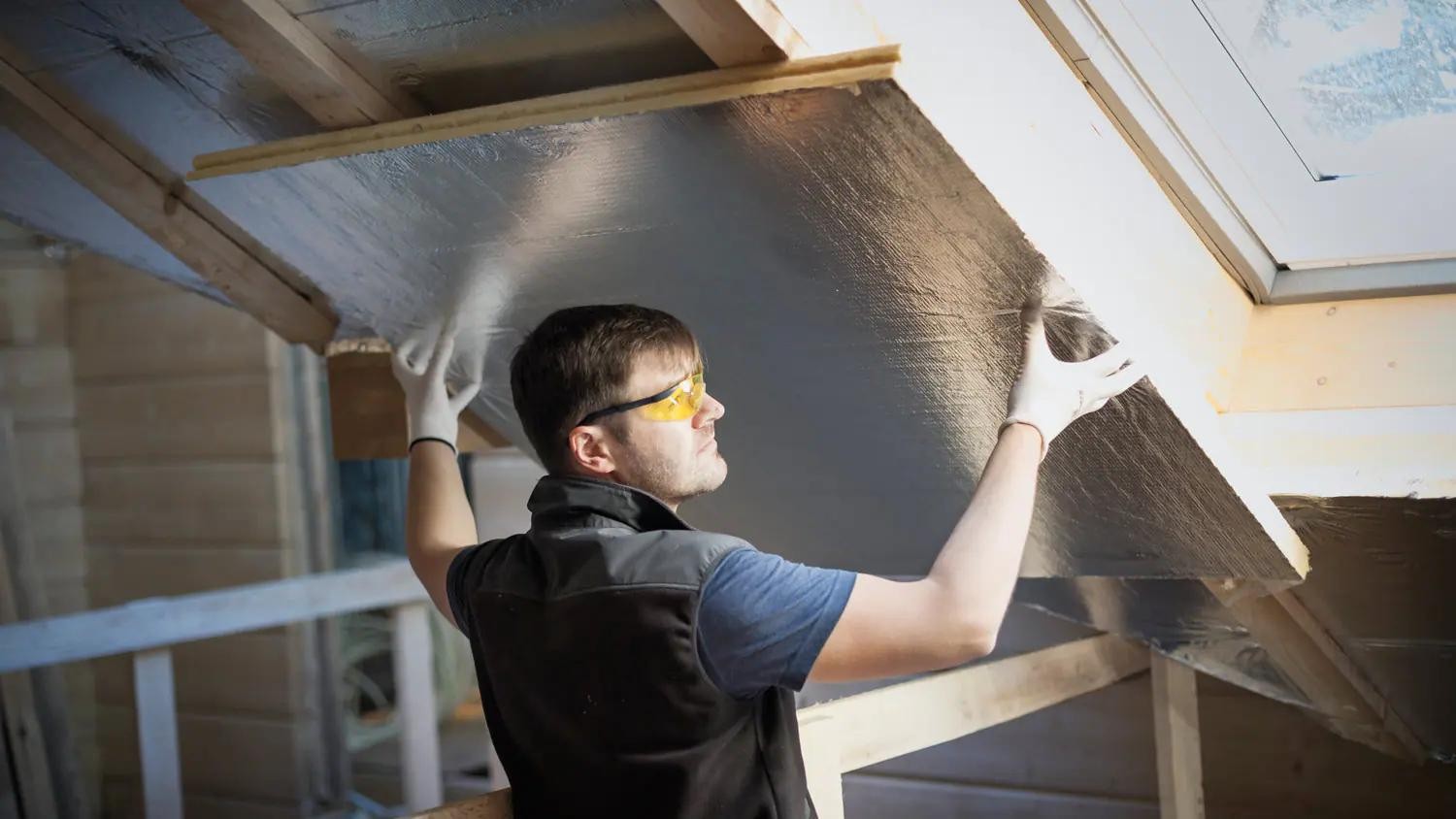
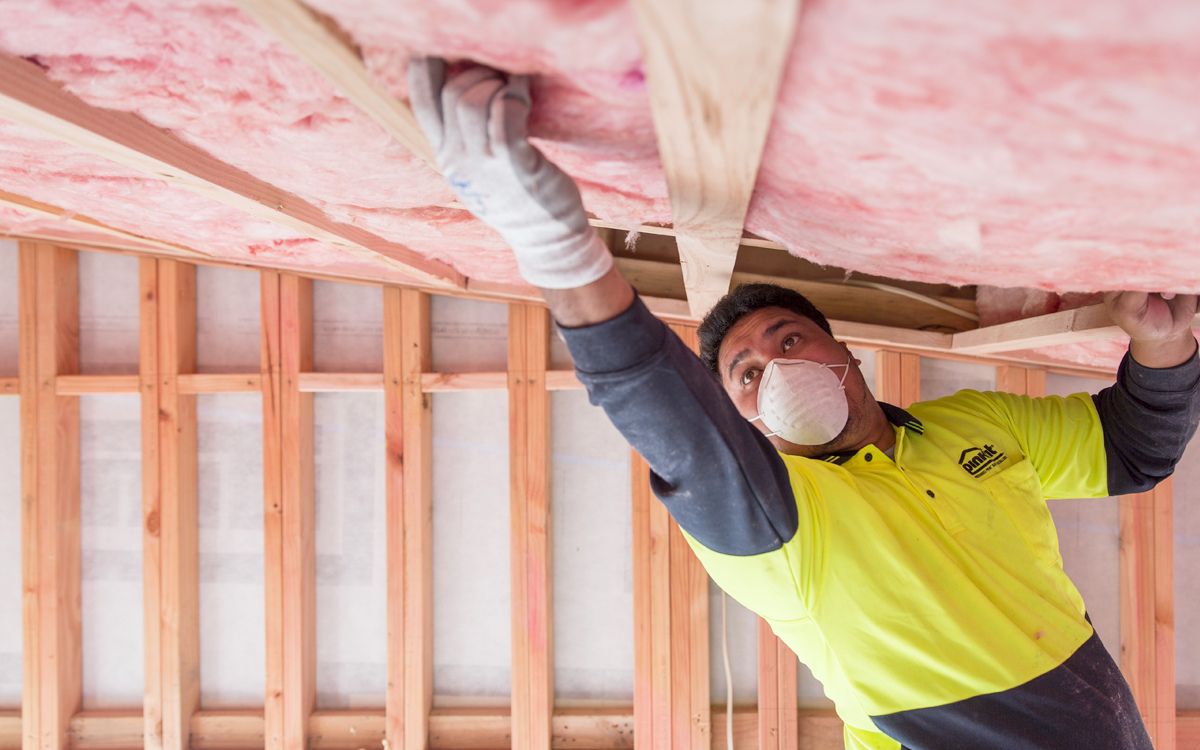

0 thoughts on “What Is The Best Type Of Insulation For A Home”